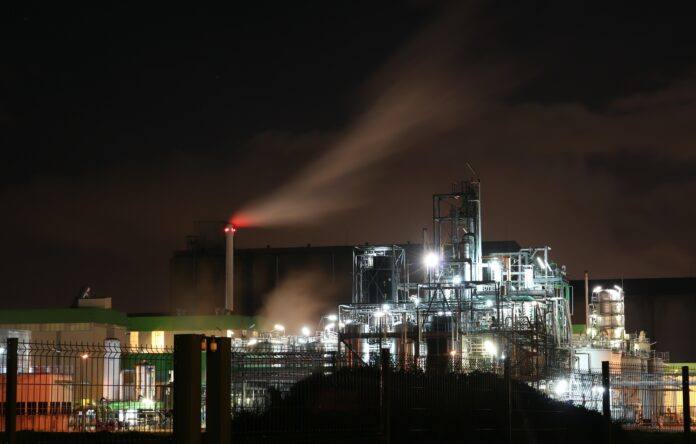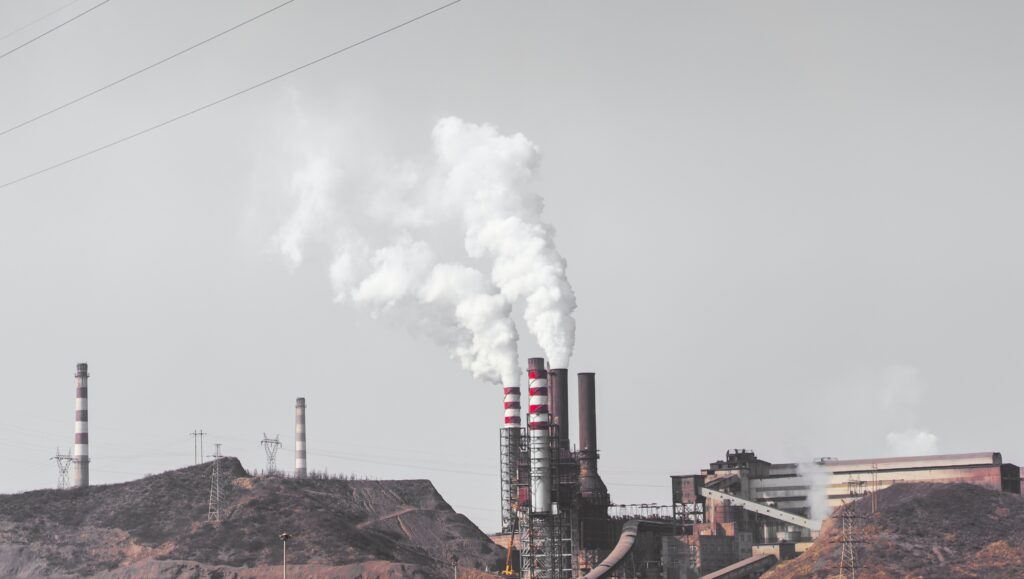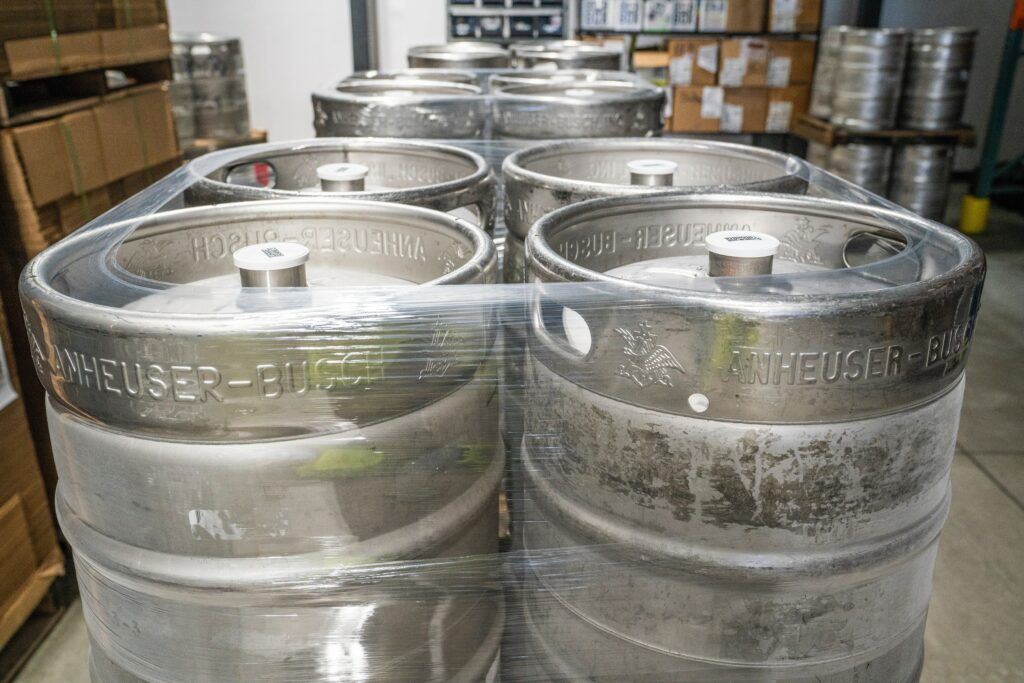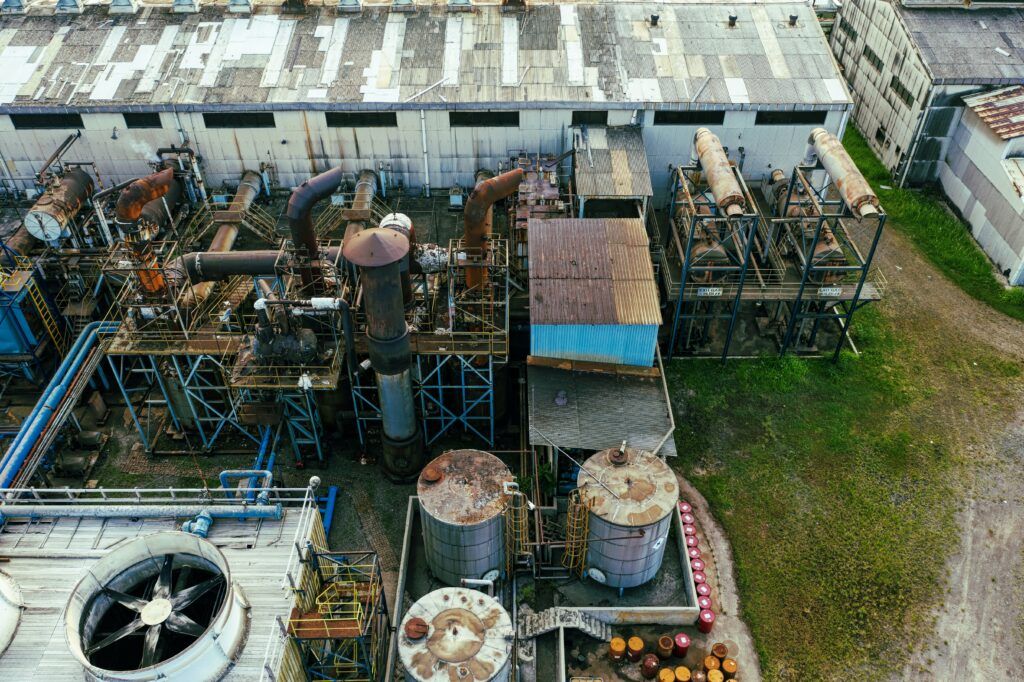Today, petroleum is the world’s primary energy source. ” Petroleum ” comes from the Latin petra, which means rock, an odeum, which means oil. It’s called “mineral oil” because it comes from rocks, just like many other minerals. The first person to discover it was Samuel M. Kier in 1848 while digging wells along the Allegheny River in Pennsylvania.
Colonel Edwin L. Drake of Titusville, Pennsylvania, in the United States, drilled the world’s first oil well on August 27, 1859. Since then, this “black gold” has risen to prominence as a significant global energy source, many facts of human activity, such as transportation, defense, technology, industry, commerce, and research and development, where the use of petroleum or its byproducts is inextricably linked. Also, this is because it can be used in a wide range of contexts within machine civilization.
The use of Petroleum has an impact on nearly every aspect of human life daily. Heat and lighting are facilitated by its provision of fuel, as a machinery lubricants and raw materials for various manufacturing industries.
Petroleum byproducts:
There are six primary uses for Petroleum :
The first consideration is transportation. Having the ability to make items in huge quantities is an important asset. Lubricants are a type of substance that helps keep things moving smoothly, And utilization of waste materials.
Transportation:
The world’s entire transportation system is fueled by Petroleum . All modern vehicles run on gasoline or diesel as their primary fuel source. It has transformed all modes of transportation, including road, rail, water, and air. Gas turbines, which generate electricity using a combination of diesel and gasoline, are familiar. Industrial power is primarily derived from crude oil.
Warmth and Illumination:
Heavier oils are used in commercial and residential central heating systems. Even today, ‘kerosene,’ a lighter grade of oil, is used in our house . Industrial and domestic electricity are both generated from oil.
Industries Of Petrochemicals:
Chemical fertilizers, synthetic fibres, rubber, nylon, plastics, and pesticides are made with Petroleum -based materials. Insecticides, fragrances, dyes, paints, carbon black, sulfur, and many other chemicals are used in these products. Petroleum byproducts are used as raw materials in the petrochemical and chemical industries.
Lubricants:
Lubricants come in handy for various devices, but they are essential for transportation and industrial machinery, anything from cars to the vast array of high-tech technology used in factories and to function, offices are entirely dependent on lubricants and would come to a grinding halt without them. Petroleum is used to make all kinds of lubricants and greases. Byproducts are being utilized.
Thousands of items are currently made using petro-chemical combinations. Fuels and byproducts such as petrol, paraffin, diesel, and gas oil are vital. Plastic, detergents, aviation gasoline, naphtha, mobile, grease, vase line, wax, butadiene, and asphalt are examples of petrochemical byproducts. There are a variety of impurities and contaminants in crude oil, which is why it’s called “crude.” Petroleum products can also be made from coal, natural gas, and biomass.
When crude oil is refined, it is separated into different fractions by a process known as fractional distillation.
Coal waste products:
- Hydrogen
- Transportation (secondary)
- Cement
- Aluminium
- Other crucial applications
Hydrogen:
Hydrogen may also be produced as Petroleum products. Many businesses rely on hydrogen daily, both as a gas and a liquid. It encompasses the oil in gas industry, transportation, chemical, food, and electronics manufacturing processes. As a result of the gasification process, coal is reduced to its simplest chemical components. When used in modern gasifiers, the coal is heated to high temperatures and pressures, exposed to steam, and precisely measured amounts of oxygen or air. Utilizing coal gasification to turn coal into valuable products like hydrogen and methanol is flexible and environmentally friendly.
Coal molecules break apart when exposed to these circumstances, the start of chemical reactions that produce synthesis gas, hydrogen, carbon monoxide, and other gaseous substances. Using lignite as the top source product, Japan and Australia are working to produce hydrogen. After that, it’s possible to capture and store the hydrogen. Coal-to-gas plants provide about 20% of the hydrogen we need.
Coal Transportation:
Coal-derived fuels and coal-based power play a vital role in meeting the expanding energy demands of the transportation industry. As a raw material and primary energy source, coal is crucial for producing materials used in transportation infrastructure. There is a place for coal-fired electricity to help electrify transportation. Alternatives to conventional oil products, such as coal-fired liquid fuels, are possible and can be employed in the current supply system.
Aluminum:
A whopping 60% of the energy utilized in the production of aluminum comes from coal. To make aluminum, a non-ferrous metal recognized for its lightweight, coal is an important energy source. It’s frequently utilized in vehicles like cars, trains, and planes to help them go farther on less fuel.
Other critical functions of petroleum byproducts include:
Other significant businesses that use coal include alumina refineries, paper mills, and the chemical and pharmaceutical sectors. Coal is a critical component in creating a wide range of specialized goods, from water filters to activated carbon. The solid but incredibly light material used in construction, air filtration, and renal dialysis machines is carbon fiber. In the coal-to-chemicals (CTC) sector, several chemical compounds can be made from petroleum byproducts. Chemicals including creosote oil, naphthalene, phenol, and benzene are made from refined coal tar, which is employed to make them.
It is possible to make agricultural fertilizers, ammonia salts, and nitric acid out of the ammonia gas recovered from coke furnaces. Soap, aspirin, solvents, dyes, plastics, and fibers like rayon and nylon contain coal or coal byproducts. It’s also used to make silicon metal, then utilized to make silicones and silicon, respectively. That’s why they’re used to create anything from lubricants to water repellant to resin to beauty products like hair shampoo and toothpaste.






